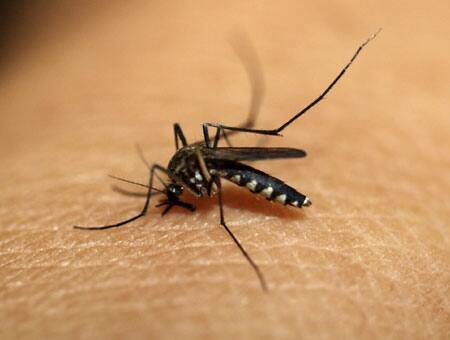Washington: Researchers have generated a 3D model of the human malaria parasite genome at three different stages in the parasite's life cycle.
The parasite that causes malaria in humans is Plasmodium falciparum . The female Anopheles mosquito transmits P. falciparum from an infected human to healthy individuals, spreading malaria in the process.
Karine Le Roch, an associate professor of cell biology and neuroscience, who led the study and her research team also found that those genes that need to be highly expressed in the malaria parasite - for example, genes involved in translation - tend to cluster in the same area of the cell nucleus, while genes that need to be tightly repressed - for example, genes involved in virulence - are found elsewhere in the 3D structure in a "repression center."
The 3D structure for the malaria parasite genome revealed one major repression center.
Virulence genes in the malaria parasite are a large family of genes that are responsible for the parasite's survival inside humans. Le Roch's team found that these genes, all organized into one repression center in a distinct area in the nucleus, seem to drive the full genome organization of the parasite.
The study has been published online in journal Genome Research.
















